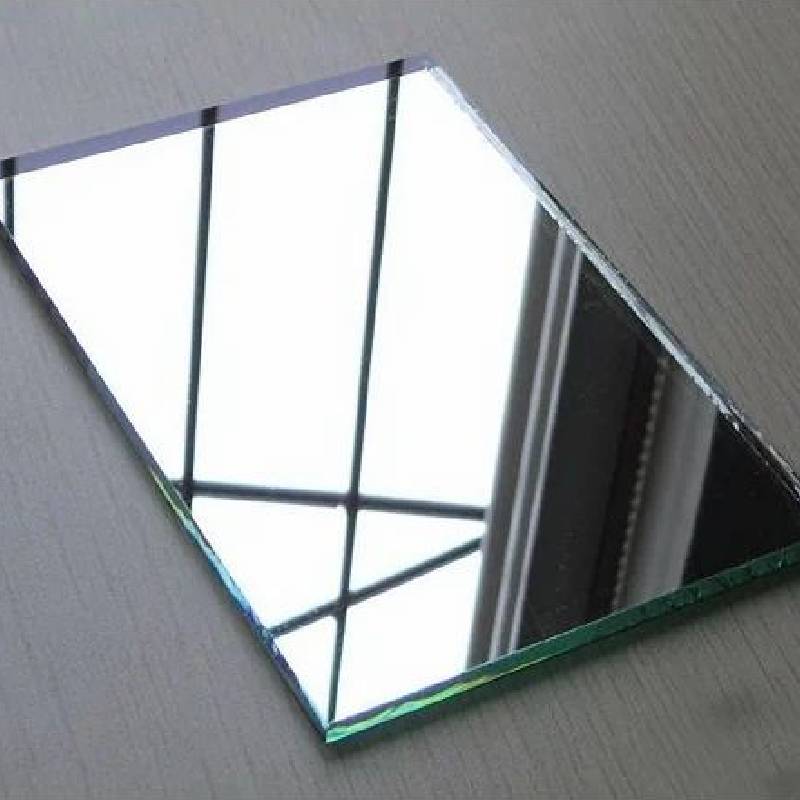

The Transformation from Clear Glass to Frosted Glass
Glass has long been a favored material in architecture and design, known for its transparency and ability to let in natural light. However, sometimes the desire for light also comes with the need for privacy and aesthetics. This is where the transformation from clear glass to frosted glass comes into play, offering a perfect balance between illumination and seclusion.
Clear glass, with its transparent quality, serves numerous purposes, from windows in homes to the expansive glass walls of skyscrapers. It provides unobstructed views, enriches spaces with sunlight, and creates an airy atmosphere. Yet, there are instances where the use of clear glass may not be ideal. For instance, homes or offices situated in close proximity to others may lead to a lack of privacy. Furthermore, clear glass may not always be the best option for certain rooms such as bathrooms or meeting spaces, where confidentiality and discretion are paramount.
This is where frosted glass emerges as an exceptional alternative. Frosted glass is created through a process that either chemically etches the surface of clear glass or applies a sandblasting technique. This treatment results in a translucent surface that diffuses light while obscuring visibility. As a result, spaces can benefit from natural lighting without compromising the privacy of those within them.

One of the key advantages of using frosted glass is its versatility in design. It can be used in a variety of settings, maintaining a modern aesthetic while enhancing functionality. In residential spaces, frosted glass is often employed in bathroom panels, shower doors, or partitions. It allows for light to flood the room while ensuring that the occupants feel shielded from view. Moreover, it can be utilized in office environments for meeting rooms, where discretion is essential. This way, teams can enjoy open office layouts without the constant potential for distraction.
Beyond its practical uses, frosted glass can also be a significant element in interior design. It can be colored or printed with various designs, allowing for artistic expression while maintaining functionality. For example, a frosted glass door with a geometric pattern can serve as a stunning focal point while still performing its critical role in providing privacy. Additionally, frosted glass can be backlit to produce dramatic visual effects, making it a captivating choice for decorative partitions or lighting fixtures.
Moreover, frosted glass is relatively low maintenance, making it an appealing option for homeowners and businesses alike. It is typically easy to clean, as its surface is smooth and does not easily show smudges or fingerprints, unlike clear glass.
In summary, the transition from clear glass to frosted glass represents a thoughtful adaptation of a traditional material to suit contemporary needs. While clear glass creates an open, luminous environment, frosted glass strikes an ideal balance by preserving natural light and ensuring privacy. Its versatility in design and functionality makes it an excellent choice for various applications, enriching both residential and commercial spaces. As we continue to innovate in the realm of design and architecture, solutions like frosted glass remind us of the endless possibilities that can arise from a simple transformation.